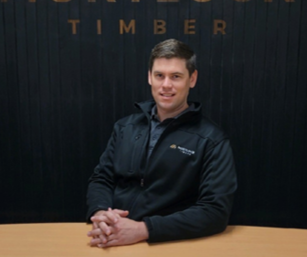Using charred timber? Here’s what to look out for
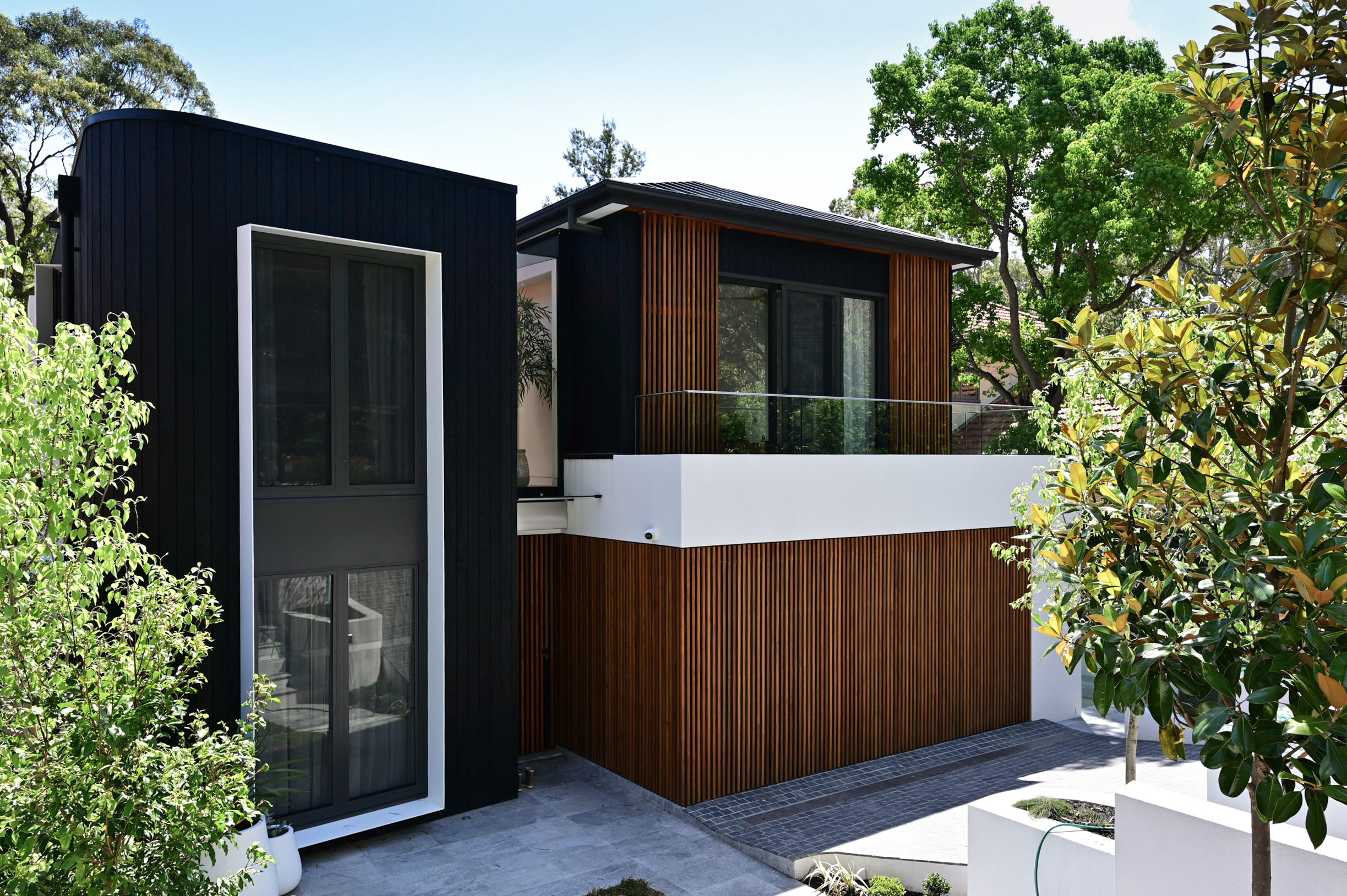
Heat of the charring process causing cupped boards.
When heat is applied to timber it will rapidly dry out the surface. When one side of the board dries quicker than the other side the board tends to cup, making it difficult to install and takes away the premium look of a flat board.
To combat the timber moving during the charring process, we apply the charring to both sides of the board. This means the surface on both sides dries evenly. When charred both sides some boards may move slightly but overall, it provides an easier product to install and offers a premium flatter surface. The added benefit is that it also offers protection on all sides of the board.
Below is a video where we char a board one side and compare this with a board that has been through our charring machine and charred both sides.
At Mortlock, timber cladding is charred on both sides of the board. To limit the timber movement during the charring process, Mortlock Timber uses a specially engineered timber charring machine to char both sides of the timber cladding board in one pass.
Unevenly charred timber.
Charring the surface of the timber as evenly as possible is arguably the most critical factor. Uneven charred sections of the timber will weather faster than even charred sections, creating a very ‘patchy’ charred look.
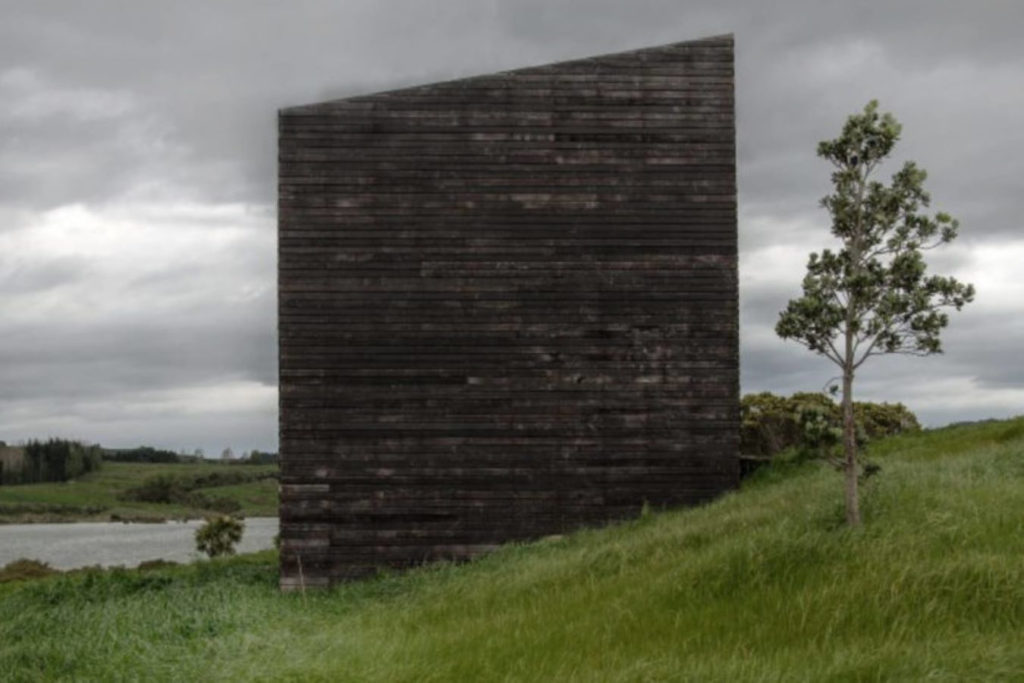
Most timber cladding has a shadow line groove separating each board. If the groove is not charred it will weather faster than the surface of the board causing a ‘stripey’ look. Companies that do not charred the groove correctly hide the none charred section with a black coating. As its not charred this section weathers faster.
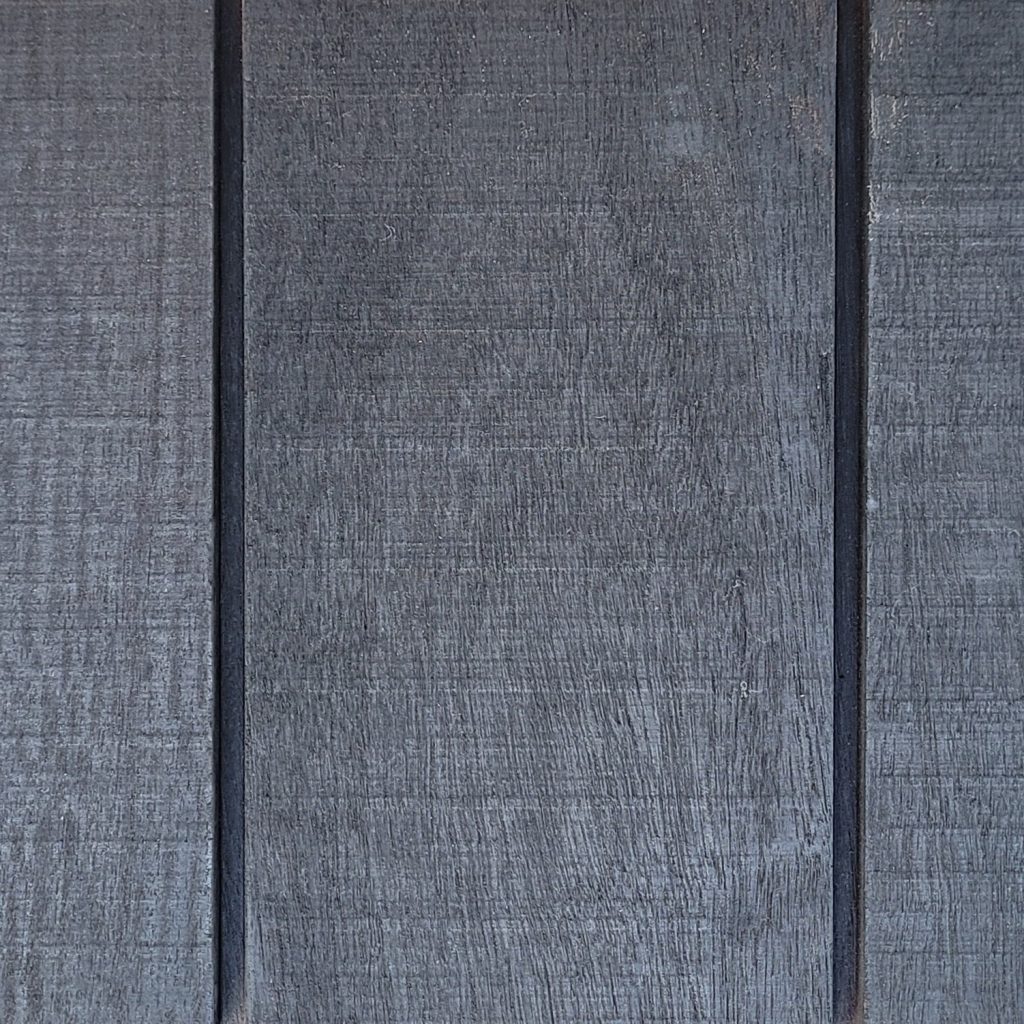
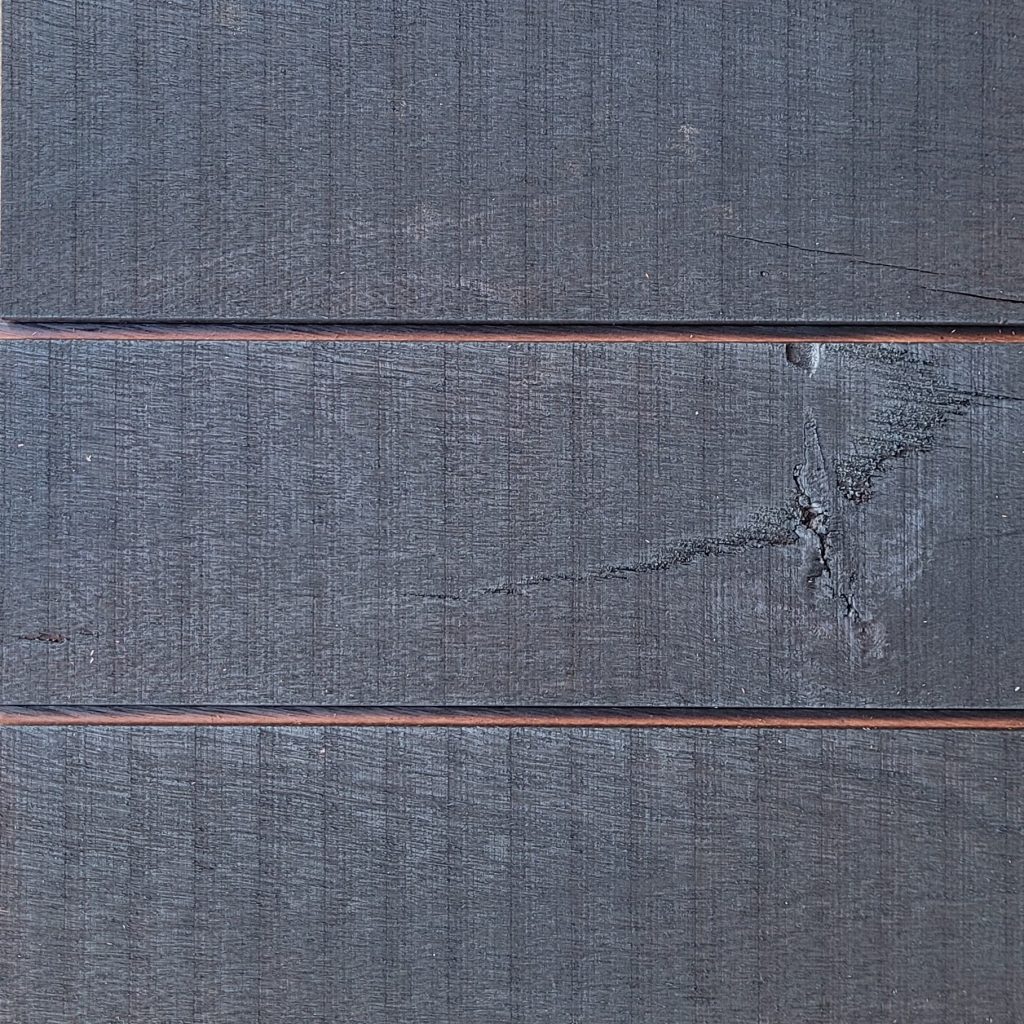
Mortlock Timber uses a machine specially designed to char the timber as evenly as possible and char right into the shadow line groove.
Using mixed timber types.
While we offer different timber species in our Shou Sugi Ban charred timber range, it is important to use one timber type for your project (unless the areas with timber cladding are separated), this is because different timber species behave differently when exposed to the weather.
While we offer different timber species in our Shou Sugi Ban charred timber range, it is important to only use one timber type for your project (unless the areas with timber cladding are separated). This is because different timber species behave differently when exposed to weather.
In response to changes in the weather, timber will increase and decrease its moisture content. This means timber adjusts dimensionally (expands or contracts).
Often charred timber is supplied as Australian hardwoods or mixed hardwoods which refers to a mix of species being used for charred timber. Once they are charred it is very difficult to identify which timber species have been used.
For example, an Australian hardwood mix typically consists of Red Ironbark, Spotted Gum and Blackbutt. The tangential shrinkage for each of these species is as follows:
- Red Ironbark: 6.3%
- Spotted Gum: 6.1%
- Blackbutt: 7.3%
Resource: https://www.woodsolutions.com.au/
When installing timber cladding it is important to allow for the correct expansion gap.
To determine the correct expansion gap, you need to consider the following:
- timber type
- the moisture content of the timber
- the equilibrium moisture content (EMC) at the location of your project.
Blackbutt, compared to Spotted Gum and Red Ironbark has different shrinkage rates. Once the timber is charred it is difficult to determine the timber type to ensure the right expansion gap is allowed for. If the incorrect expansion gap is not allowed for the boards can cup and pop off the substrate when they expand.
Mortlock Timber will only supply your selected timber species which will be listed on your quote. The supplying of mixed hardwoods which is a cheaper lower-grade product is not a priority of ours.
Not maintaining the timber.
Let’s be honest, charred timber does need maintaining. Charring timber does not mean it becomes completely weather resistant. Any timber exposed to the weather will eventually silver out if it’s not maintained. The good news is that charred timber does last longer without maintenance than non-charred timber.
At Mortlock Timber, integrity is one of our values, so we don’t hide the facts. We like to be upfront, so our clients know what to expect when using timber. Our testing has not seen charred cladding last 7 to 10 years (or longer) without maintenance.
Maintenance to charred timber refers to general cleaning and re-oiling the timber to maintain the unique look that Shou Sugi Ban charred timber offers. As different timber types offer different maintenance levels, we’ve written an in-depth article on this subject which you can READ MORE HERE
View our pricing and product guide
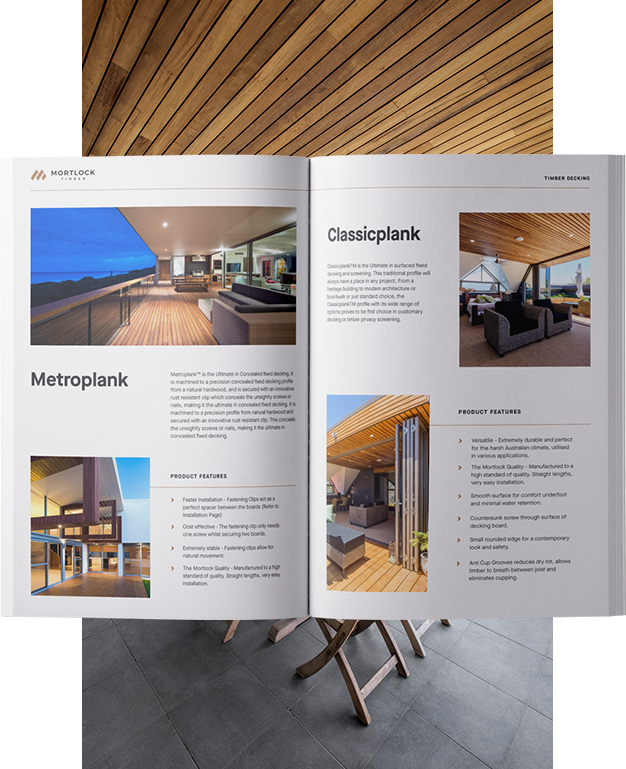
We are committed to bringing you timber products that add value and endure for years to come, even in heavy traffic and harsh weather conditions. We understand the value of efficiency when it comes to installation and keeping hardwood timber costs down. That’s why we’ve spent decades perfecting our designs to make them easier to handle, less wasteful and more efficient to install. This efficiency allows us to offer you premier products that are more cost-effective so that you can experience greater savings on timber wall costs, timber ceiling costs, timber cladding costs and timber decking costs.
Download our Pricing and Product Guide for our complete hardwood timber price list including timber decking prices, timber wall prices, timber ceiling prices and timber cladding prices.
